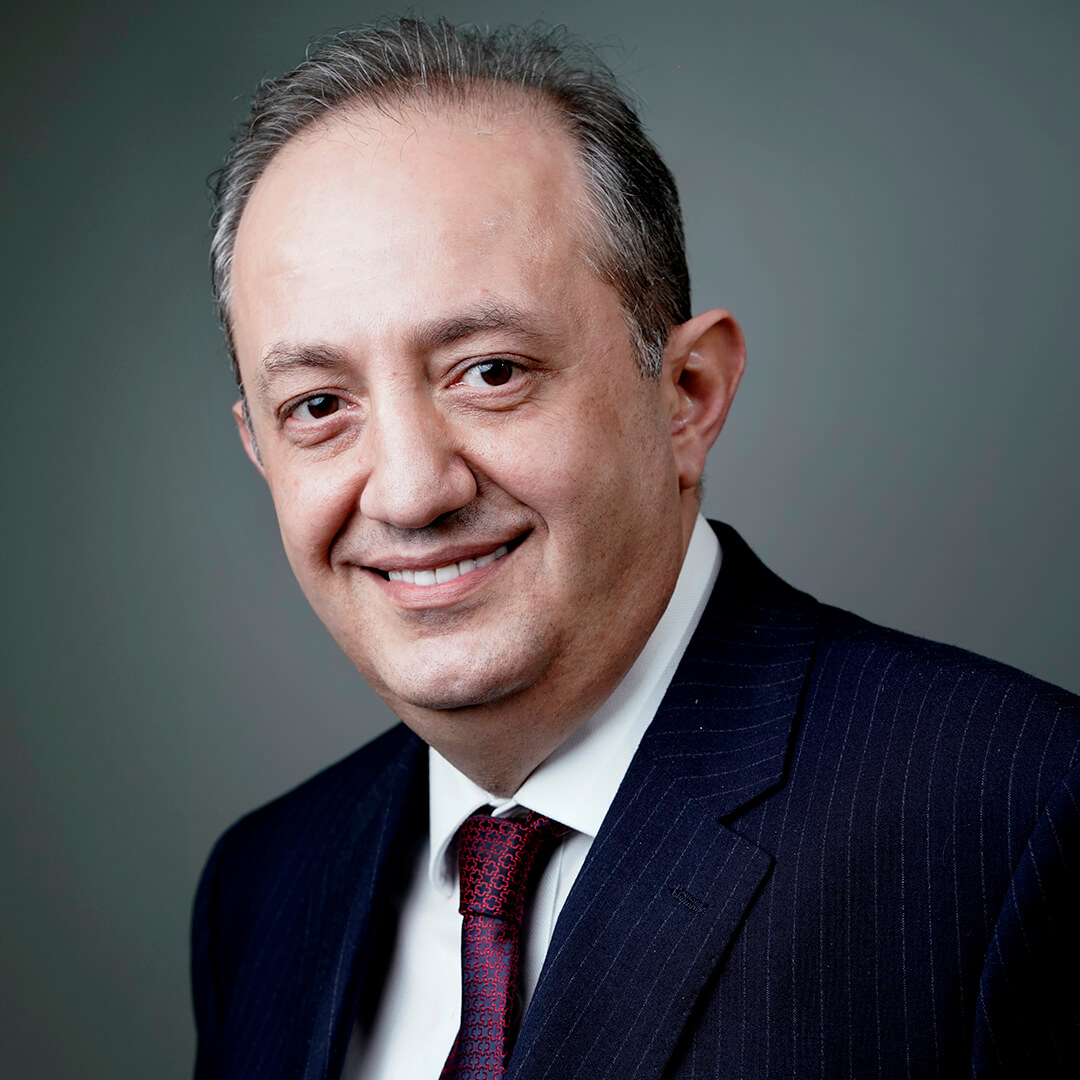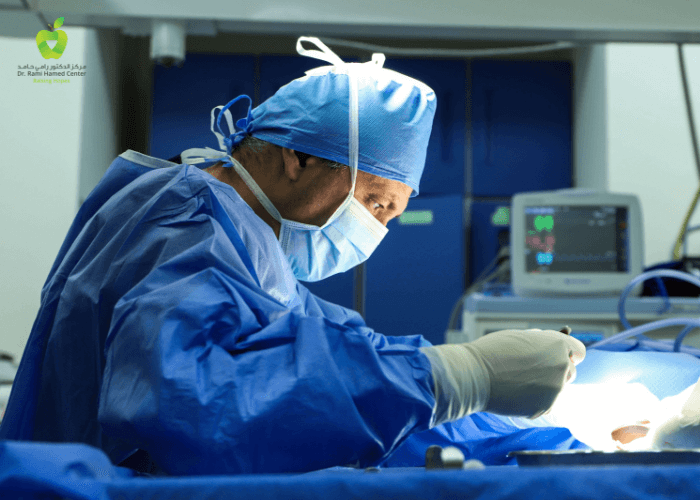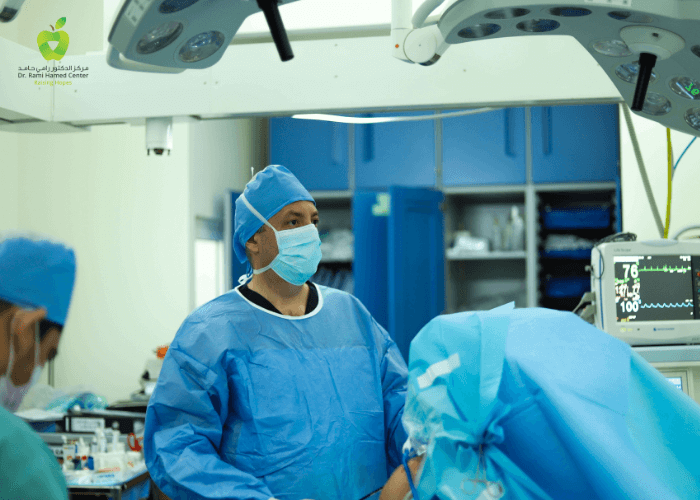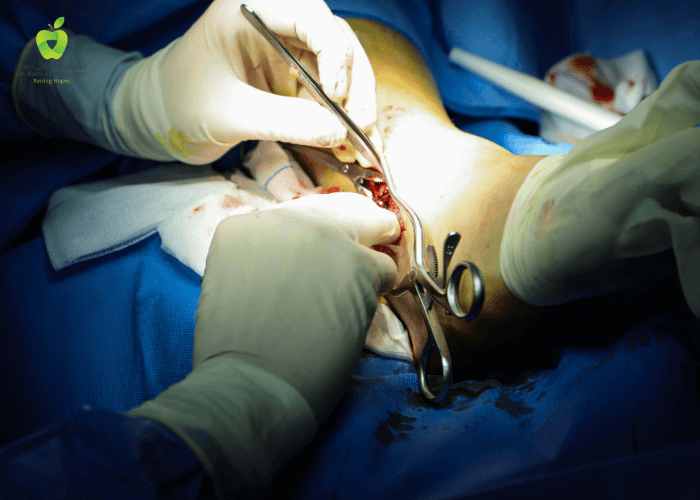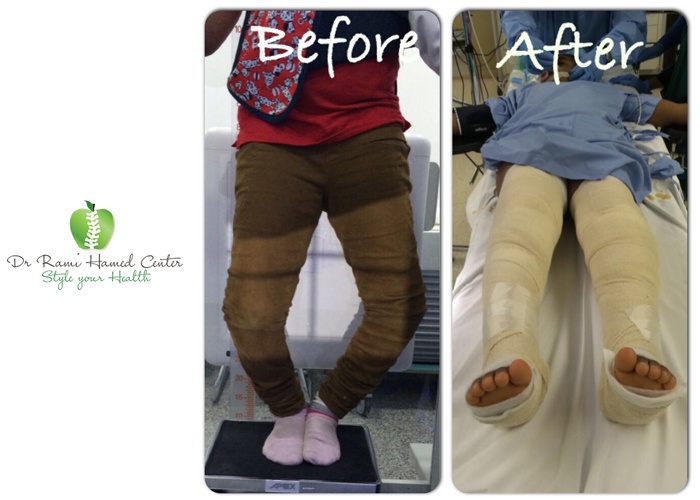Perthes Disease at DRHC Dubai Pediatric Orthopedic Clinic
Perthes disease, also known as Legg-Calvé-Perthes disease, is a rare childhood condition that affects the hip joint. It occurs when the blood supply to the femoral head (the rounded top of the thigh bone) is temporarily interrupted, causing the bone to weaken and collapse. Over time, as the blood supply returns, the bone begins to heal, but without proper treatment, it may heal in an abnormal shape, leading to long-term complications such as arthritis.
This disorder primarily affects children between the ages of 4 and 10 and is more common in boys than girls. At DRHC Dubai, we specialize in diagnosing and treating Perthes disease to ensure optimal outcomes and restore your child’s hip function.
Causes and Risk Factors
The exact cause of Perthes disease is unknown, but several factors may contribute:
- Interrupted Blood Supply: The disease begins when blood flow to the femoral head is reduced, although the reason for this disruption is unclear.
- Genetic Predisposition: There may be a familial link, with children from families with a history of hip disorders being at higher risk.
- Age and Gender: Boys are more commonly affected, with the peak age being between 4 and 8 years.
- Low Birth Weight or Growth Delays: Children who experienced growth delays or were born with low birth weight may have a higher risk of developing the condition.
- Trauma or Hip Injury: Although trauma alone does not cause Perthes disease, injury to the hip may play a role in triggering the condition in susceptible children.
Symptoms
The symptoms of Perthes disease often develop gradually and may vary in severity. Common signs include:
- Limping: A noticeable limp, often without pain, is one of the earliest signs.
- Hip, Thigh, or Knee Pain: The child may complain of mild or intermittent pain that worsens with physical activity.
- Stiffness and Limited Range of Motion: Difficulty moving the hip joint, especially when rotating or spreading the leg outward.
- Shortening of the Leg: In some cases, the affected leg may become shorter due to abnormal bone growth.
- Muscle Weakness: Weakness in the muscles around the hip can develop due to reduced movement over time.
Diagnosis
Early diagnosis is essential to prevent joint damage and deformity. At DRHC Dubai, we use a range of diagnostic tools to confirm Perthes disease:
- Physical Examination: Our specialists will evaluate the child’s gait, hip flexibility, and muscle strength.
- X-rays: X-ray imaging is often the first step in identifying the extent of bone damage and monitoring disease progression.
- MRI or Ultrasound: These imaging techniques can detect early changes in the bone and assess the condition of soft tissues.
- Bone Scans: In some cases, bone scans may be used to assess blood flow to the femoral head.
Treatment Options
The goal of treatment is to relieve pain, maintain hip movement, and ensure that the femoral head heals in its proper shape. Treatment at DRHC Dubai is tailored to the child’s age, stage of the disease, and severity of symptoms.
1. Non-Surgical Treatment
For mild cases or early-stage Perthes disease, non-surgical approaches may be effective. These include:
- Activity Modification: Reducing activities that put stress on the hip, such as running and jumping.
- Physical Therapy: Stretching and strengthening exercises to maintain range of motion in the hip joint.
- Anti-Inflammatory Medications: Pain relief and reduction of inflammation with medications such as ibuprofen.
- Casting or Bracing: Special casts or braces may be used to keep the hip in the correct position and encourage proper healing.
2. Surgical Treatment
In more advanced cases or when non-surgical methods are ineffective, surgery may be required. Common surgical procedures include:
- Osteotomy: The femur or pelvis is reshaped to improve hip alignment and prevent deformities during healing.
- Hip Containment Surgery: Aimed at keeping the femoral head within the hip socket to ensure it heals correctly.
- Arthroscopy: A minimally invasive procedure to remove any damaged tissue and improve joint function.
Recovery and Rehabilitation
After treatment, rehabilitation plays a crucial role in helping the child regain full hip function. At DRHC Dubai, we provide a comprehensive recovery plan, including:
- Physical Therapy: Custom exercise programs to restore mobility and strengthen muscles.
- Regular Follow-Ups: Monitoring with X-rays or MRIs to ensure the bone heals in the correct shape.
- Activity Guidelines: Gradual reintroduction of physical activities to avoid stress on the healing hip.
Full recovery can take several months to years, depending on the child’s age and the severity of the disease.
Complications of Untreated Perthes Disease
If left untreated, Perthes disease can lead to:
- Femoral Head Deformity: Improper healing may result in a misshapen femoral head, causing hip joint problems later in life.
- Osteoarthritis: Children with untreated or poorly managed Perthes disease are at higher risk of developing hip arthritis as adults.
- Leg Length Discrepancy: The affected leg may grow shorter than the other, leading to mobility challenges.
Why Choose DRHC Dubai for Perthes Disease Treatment?
At DRHC Dubai, we understand that every child’s condition is unique. Our experienced pediatric orthopedic team provides:
- Accurate Diagnosis: Using state-of-the-art imaging and evaluation techniques.
- Personalized Treatment Plans: Tailored to the child’s age, stage of the disease, and lifestyle needs.
- Advanced Surgical Techniques: Minimally invasive procedures for faster recovery and better outcomes.
- Comprehensive Rehabilitation Programs: Supporting children and their families throughout the healing process.
.png?width=281&height=59&name=bookanappointment%20(1).png)
If your child is diagnosed with Perthes Disease, trust our expertise at DRHC Dubai Pediatric Orthopedic Clinic. Contact us today at +97142798200 to schedule a consultation and begin the journey towards corrective treatment.



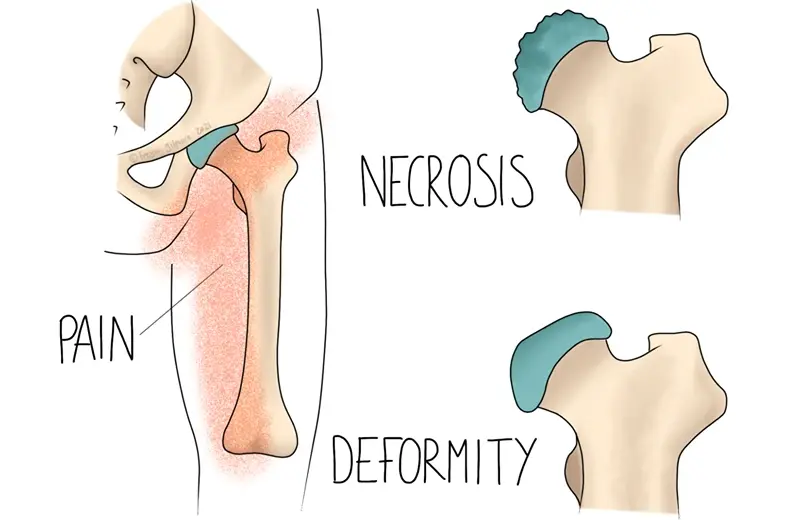
.png?width=281&height=59&name=bookanappointment%20(1).png)
